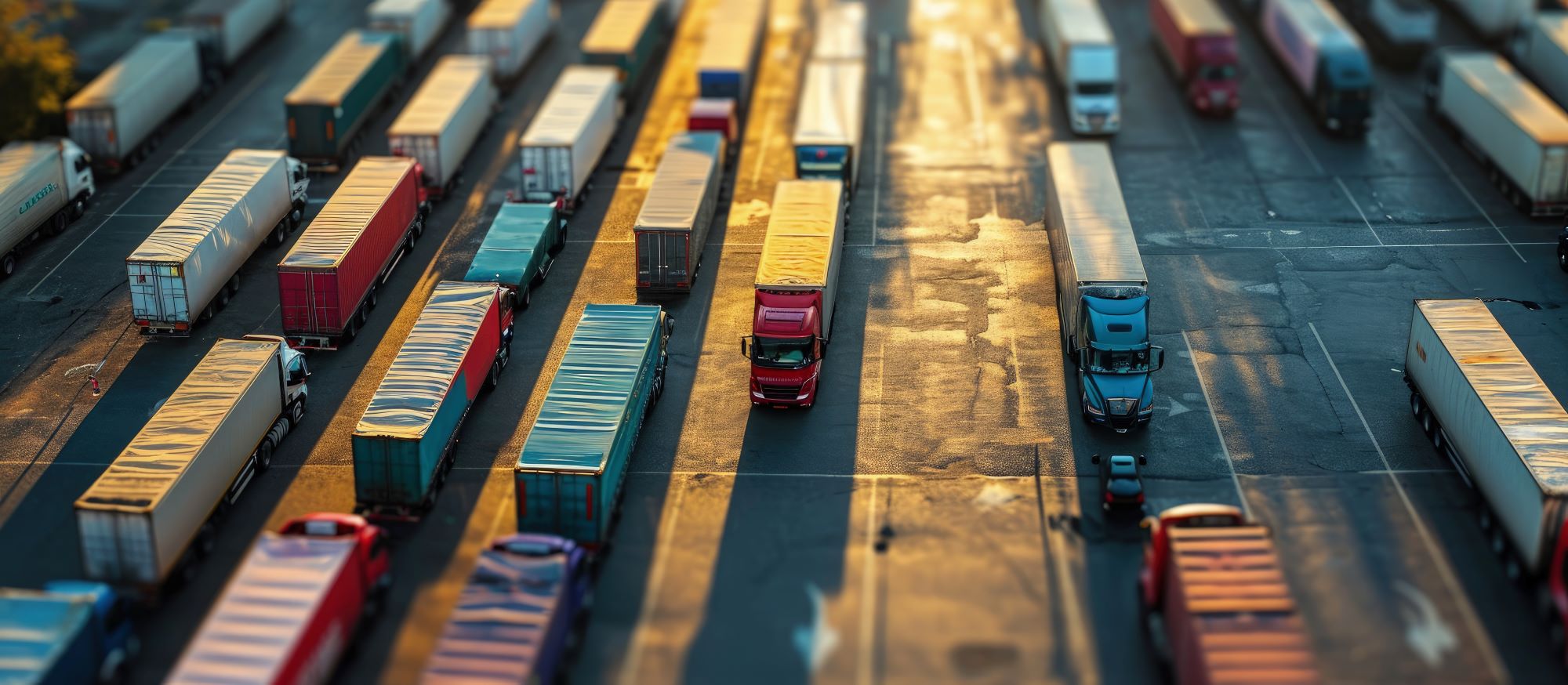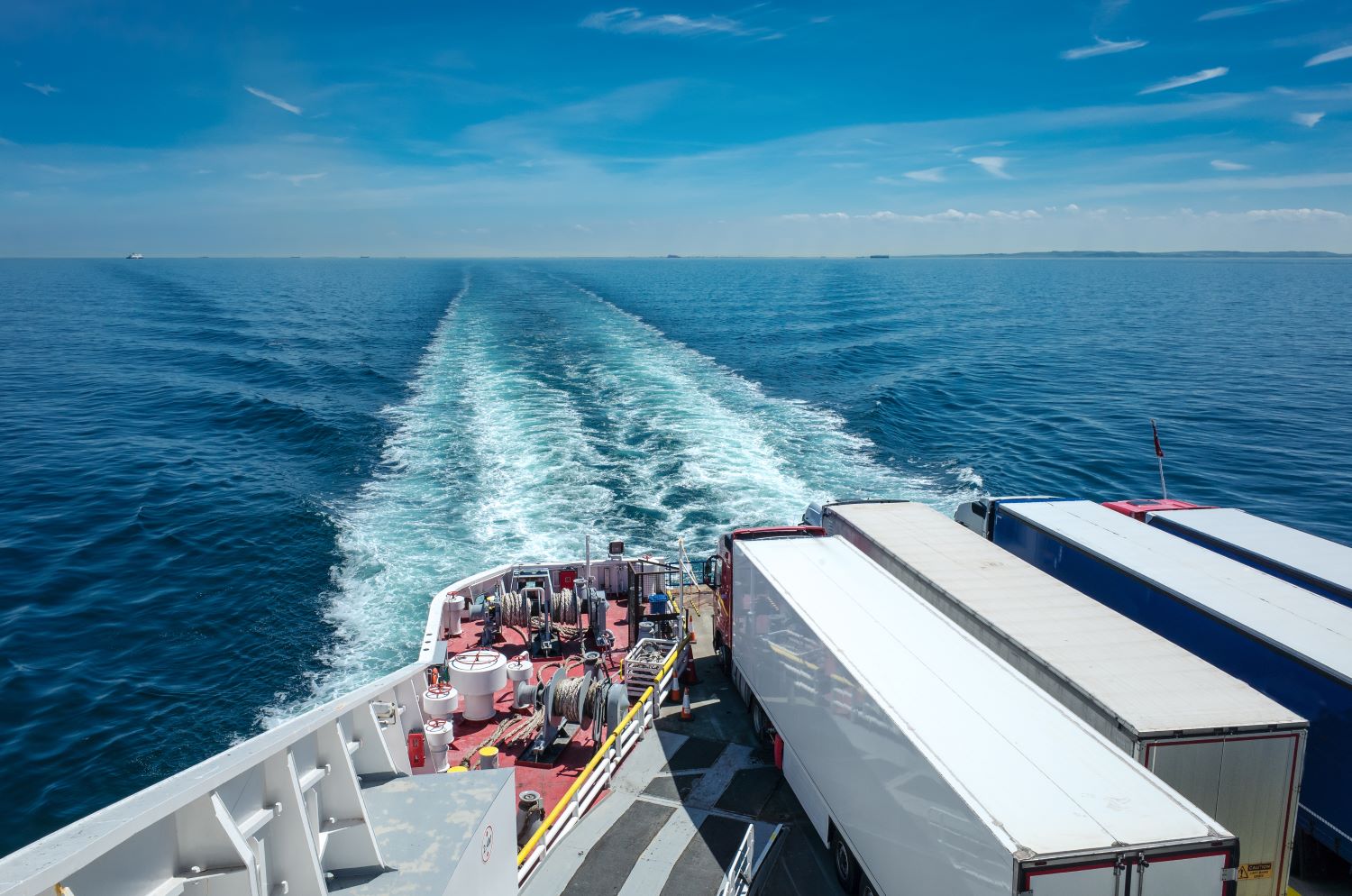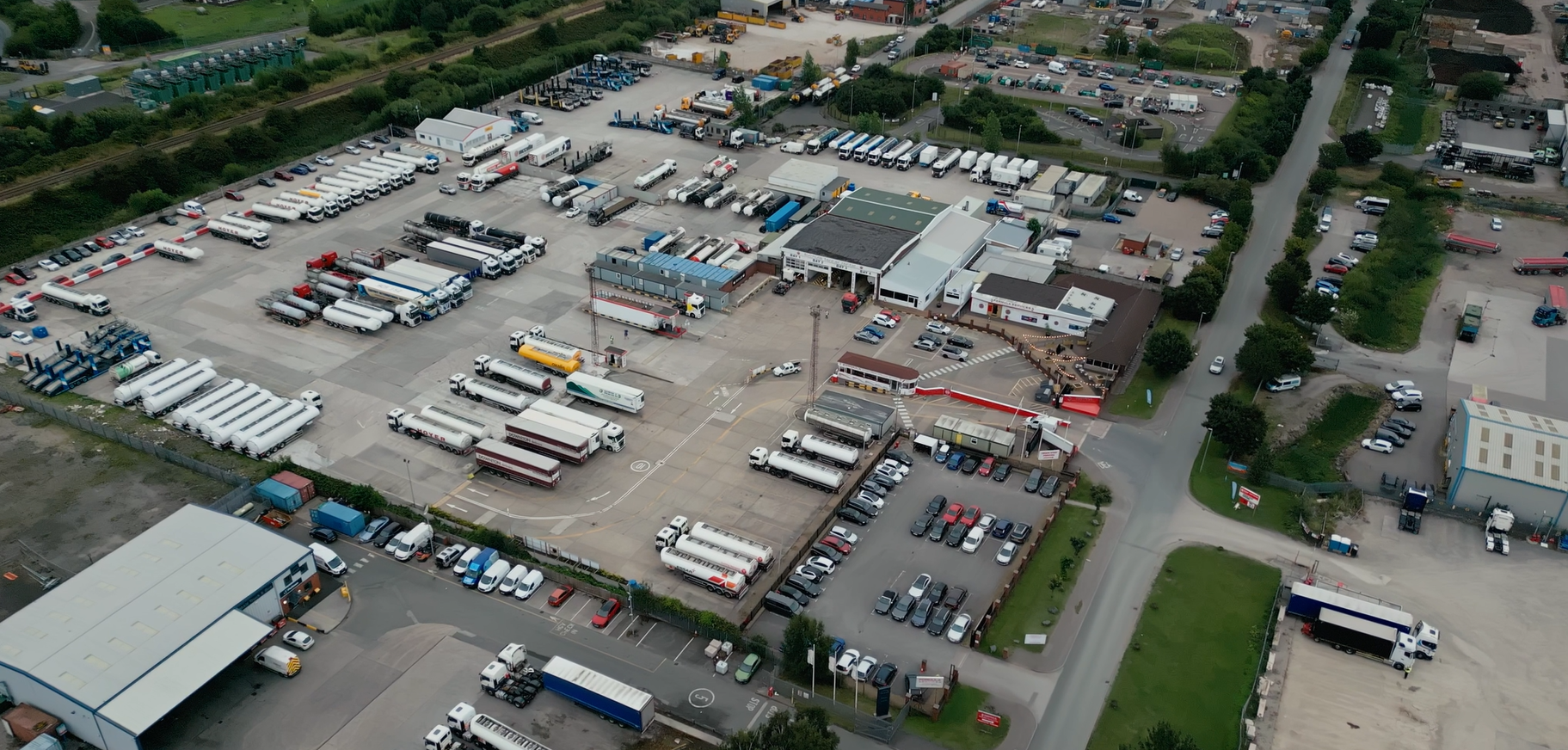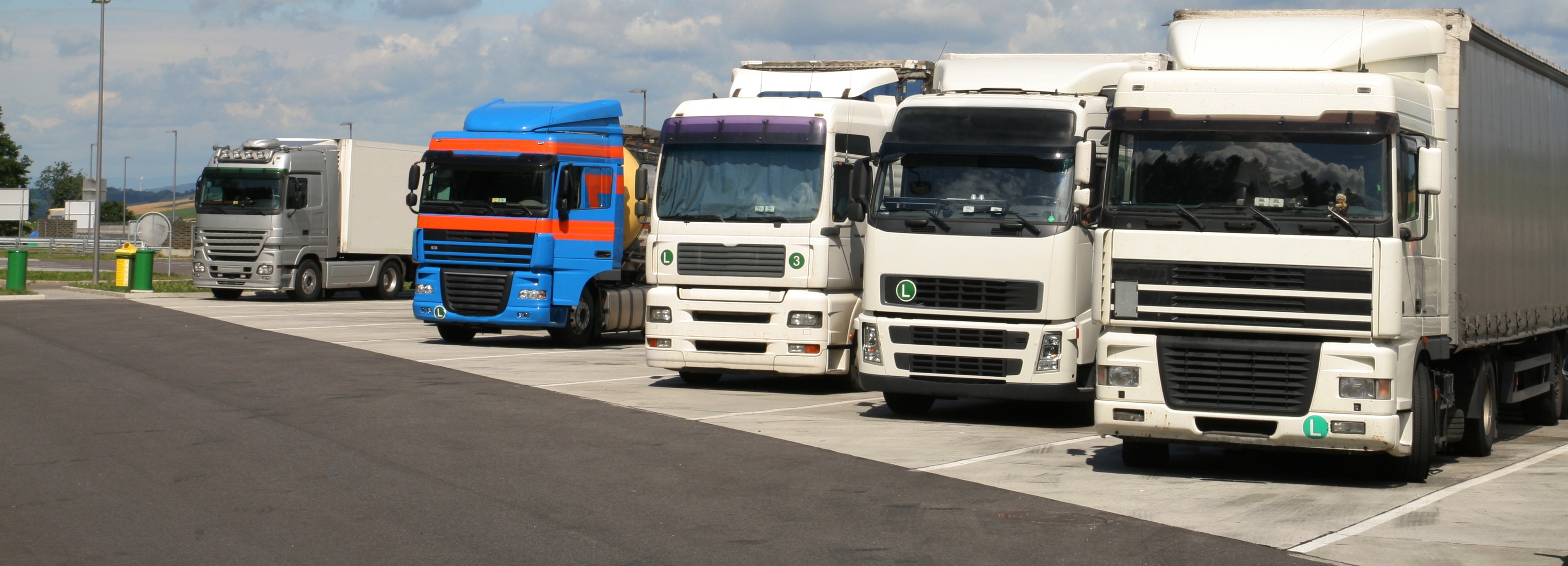
Susie Jones
Everything you need to know about the EU entry/exit system
Creat: 14.10.2024
•
Actualizat: 14.10.2024
Scheduled to launch in November but delayed due to concerns, the EU will introduce the Entry/Exit System (EES). The EES will change requirements for British nationals travelling to the Schengen area - requiring anyone with a UK passport to register biometric details such as fingerprints or a photo. EES will replace manually stamping passports when visitors enter the EU. We've collated everything you'll need to know ahead of the change.
What does the EES require from travellers?
Any country using the EES will require the following information from travellers:
• Place of entry and exit
• Date of entry and exit
• Travel documents.
What are the benefits?
The EES has the following benefits:
• It modernises the management of the EU's external borders - improving the experience for those travelling.
• The EES combats identity fraud by collecting biometric data.
• It can identify overstayers and reliably provides data on entries, exits, and refusals.
• Improved border checks, electronic records, and biometric data will strengthen the security within the EU.
• It provides real-time information sharing - allowing border authorities across the EU to see the correct information at the right time.
What are the concerns?
In the long term, the new EES will streamline operations and benefit non-EU travellers. However, there are several concerns surrounding the new system:
• At least three EU countries are not fully prepared for the launch.
• Several countries may not be able to introduce the advanced biometric system.
• No proper testing of the system occurred at the Port of Dover - one of the UK's busiest crossings.
• The initial launch could cause increased delays at border checkpoints.
Further delays to the official launch of the EES could eradicate several of these concerns.
UK HGV operators have expressed concerns regarding the 90 days out of 180 Schengen travel limit - maintaining regular business operations within the EU could be challenging. Fleet companies with non-EU drivers could face travel restrictions or fines if the limit is exceeded.
How can fleets and drivers prepare?
There isn't much that fleets and drivers can do to prepare for the new system - most of it will occur in person at the port. However, fleets and drivers can take the following measures to ensure a smooth transition:
• When booking travel, ensure you have all the information required before travelling to the port.
• Know what to expect when you arrive - practical differences mean the process will vary in different places.
• Allow enough time to complete pre-travel formalities - especially if you are travelling close to the start date.

What countries will be using the EES?
The following countries will be using the EES:
Austria, Belgium, Bulgaria, Croatia, Czechia, Denmark, Estonia, Finland, France, Germany, Greece, Hungary, Iceland, Italy, Latvia, Liechtenstein, Lithuania, Luxembourg, Malta, Netherlands, Norway, Poland, Portugal, Romania, Slovakia, Slovenia, Spain, Sweden, Switzerland.
When does the EES not apply?
There are several exemptions to the new EES:
• Nationals of the countries using the EES (Including Cyprus and Ireland).
• Non-EU nationals immediately related to an EU citizen. They must hold a residence card.
• Any non-EU national who holds a residence card or permit immediately related to a non-EU national can travel throughout Europe like an EU citizen.
• Citizens with a residence permit or long-stay visa.
• Nationals of Andorra, Monaco, and San Marino.
• People with a passport issued by the Vatican City State or the Holy See.
• Anyone exempt from border checks (such as heads of state or cross-border workers)
• Citizens holding a valid local border traffic permit.
• Crew of passenger and goods trains on international connecting journeys.
• Anyone not required to cross external borders solely at border crossing points during fixed opening hours.
What if I don't provide my data?
If you fail to provide the required personal information, you will be denied entry to EU countries using the EES. For fleet companies, this could result in a loss of income if their drivers do not provide the relevant information.
Do I need a biometric passport with the new EES?
Both biometric and non-biometric passports are accepted under the new EES. Automated systems to cross the border require a biometric passport.



